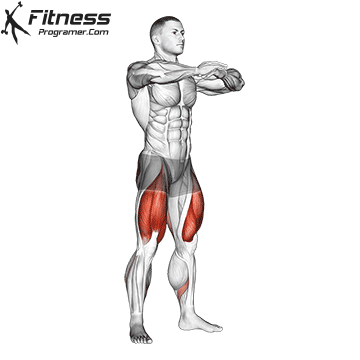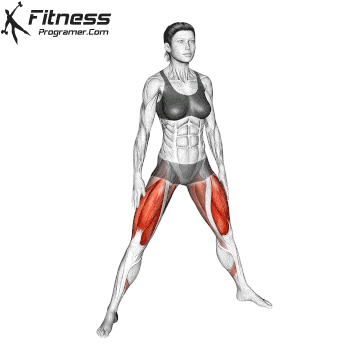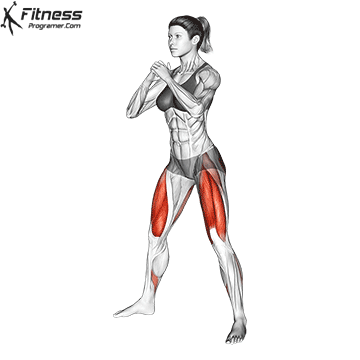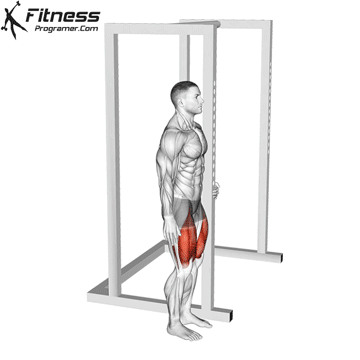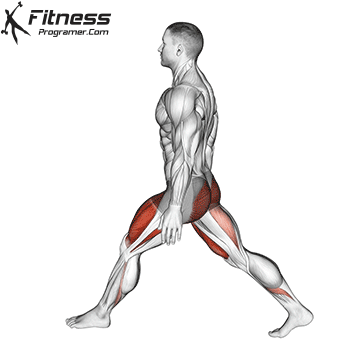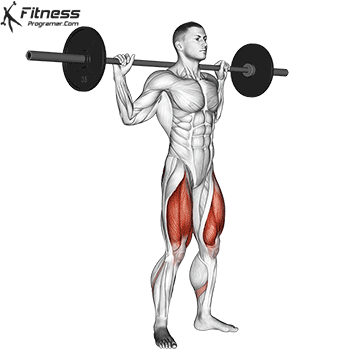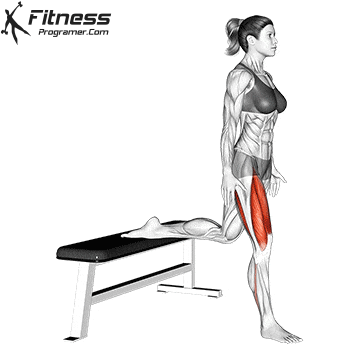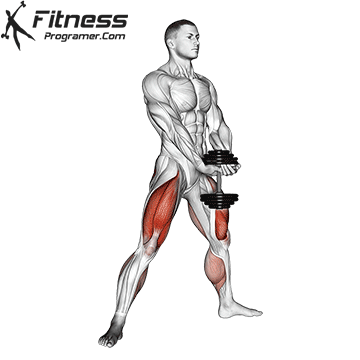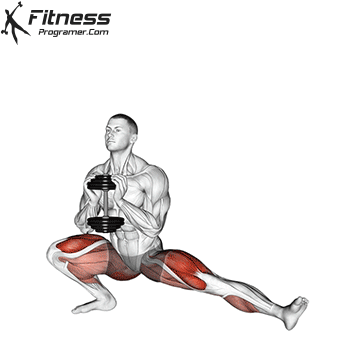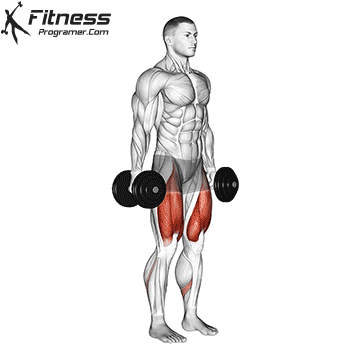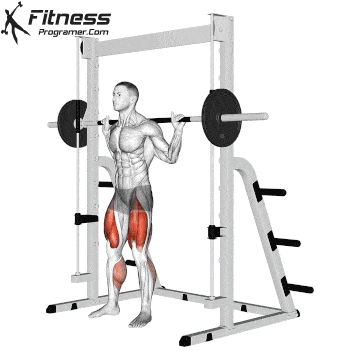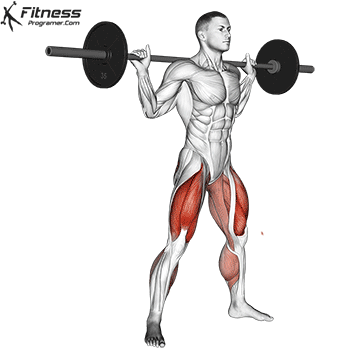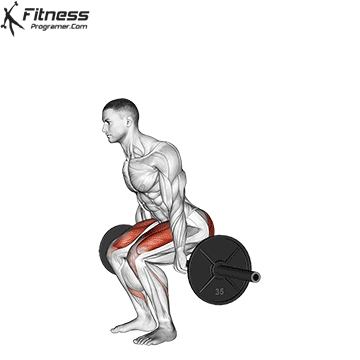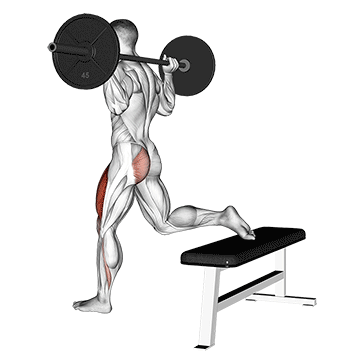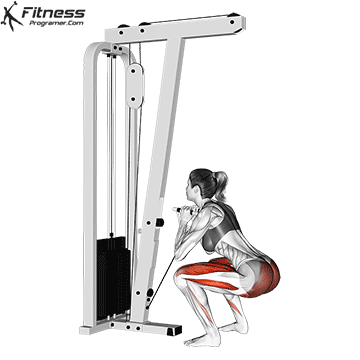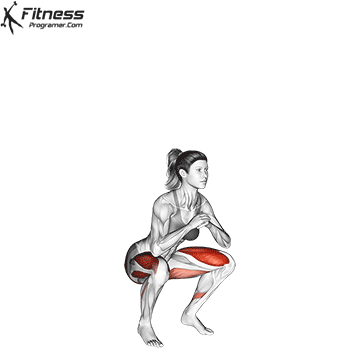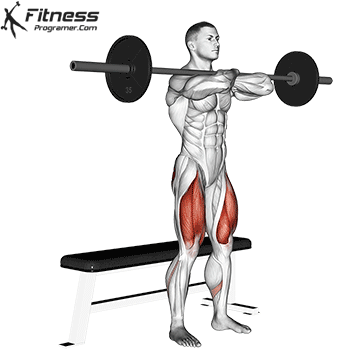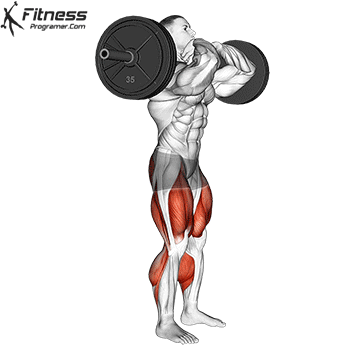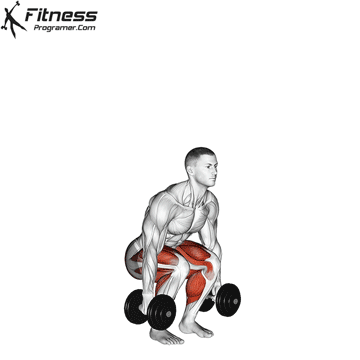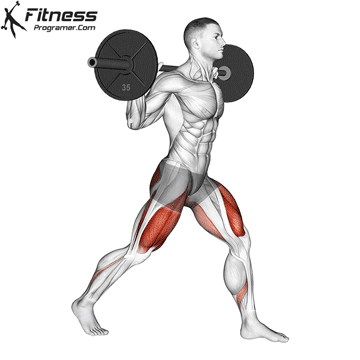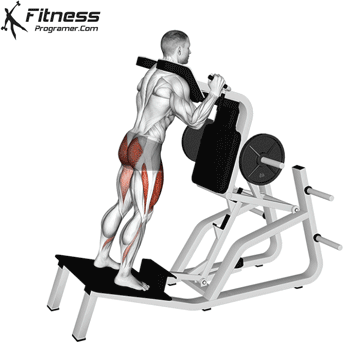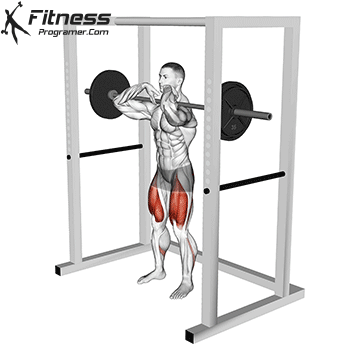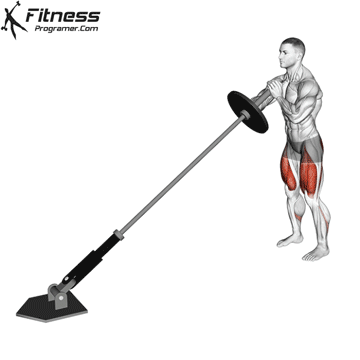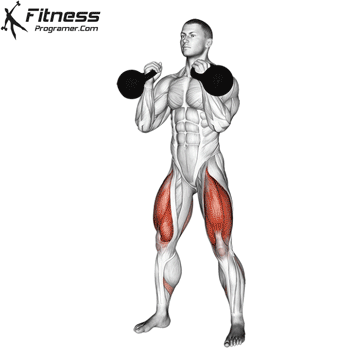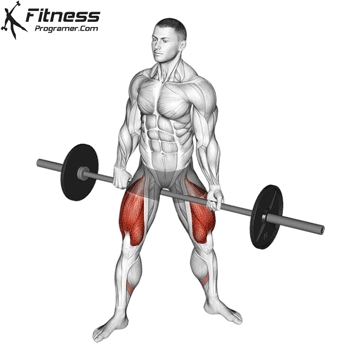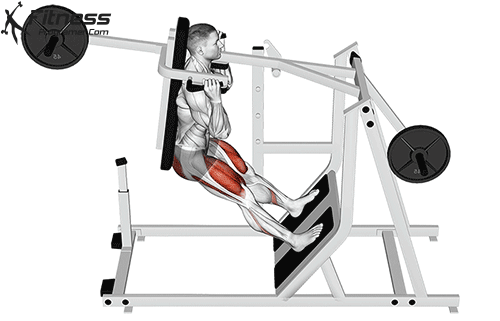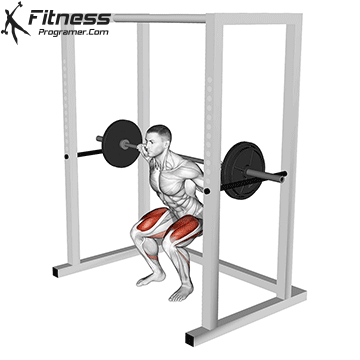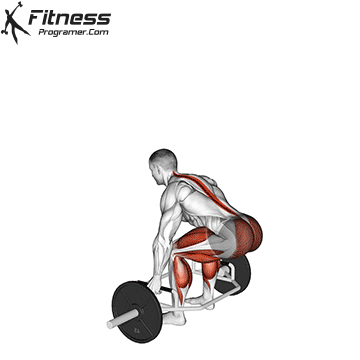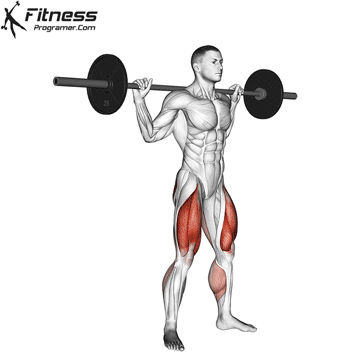Overview
The Cossack Squat is a squat variation where one leg bends while the other stays extended to the side. Unlike traditional squats, this exercise emphasizes side-to-side movement, stretching the inner thighs and working one leg at a time for better balance, control, and muscle development. It challenges flexibility and strength, especially in the hips, groin, adductors, and hamstrings. It is often used in mobility routines, warm-ups, agility, and functional strength training.
How to do Perform Cossack Squat

Stand with your feet wide apart, toes slightly turned out.
Shift your weight to one side, bending that knee while keeping the opposite leg straight.
Keep your chest tall and torso upright as you squat as low as possible on the bent leg.
Allow the heel of the straight leg to lift slightly if flexibility is limited.
Push through the bent leg to return to the starting position, then repeat on the other side.
Tips for Proper Form
Keep the working heel flat and firmly planted on the floor.
Use your arms for balance, especially when learning the movement.
Keep your chest up and back straight throughout the motion.
Go only as low as your mobility allows, and gradually increase range over time.
Point the toes slightly outward to open the hips and maintain knee alignment.
Common Mistakes
Rounding the lower back, which can lead to poor posture and strain.
Letting the working heel lift, reducing stability and joint safety.
Forcing depth without proper mobility, risking injury or poor movement quality.
Leaning the torso too far forward, shifting load away from the legs.
Moving too fast, which sacrifices control and range of motion.
Benefits of the Cossack Squat
Improves Lower Body Mobility: Enhances flexibility in the hips, adductors, and groin through deep lateral movement.
Strengthens Multiple Muscle Groups: Targets the quads, adductors, glutes, and core, especially the supporting leg.
Enhances Balance and Coordination: Engages stabilizer muscles and develops body awareness through shifting weight laterally.
Increases Flexibility: Deep stretching of the groin, hamstrings, and hip flexors makes it ideal for mobility routines.
Asymmetrical Strength Development: Each leg works independently, helping to address imbalances and improve joint control.
Improves Lateral Movement: Builds strength for side-to-side motion, useful for sports and injury prevention.
Low-Impact on the Spine: Keeps load off the spine while still challenging the lower body effectively.
How to Incorporate Into Your Routine
- For Beginners: Perform 2 to 3 sets of 6 to 8 reps per side using bodyweight, focusing on depth and balance.
- For Hypertrophy: Use a light dumbbell or kettlebell in a goblet hold for 3 to 4 sets of 10 to 12 reps.
- For Strength: Try 3 to 4 sets of 6 to 8 reps with a heavier load, ensuring control and full range.
- For Functional Training: Integrate 2 to 3 sets into warm-ups or movement drills to develop agility.
- For Circuit Training: Add 8 to 10 reps per leg as a bodyweight strength move in full-body circuits.
- For General Fitness: Use 2 to 3 sets of 10 to 12 reps to improve mobility and muscular endurance.
- For Mobility or Recovery: Perform slow, deep reps with no weight to open hips and stretch the inner thighs.
Muscles Worked
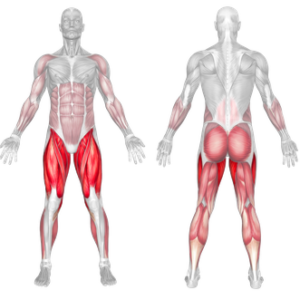
Frequently Asked Questions
Is the Cossack Squat good for beginners?
Yes, but beginners should start with limited depth or support from a TRX or stick if mobility is limited.
How is it different from a lateral lunge?
The Cossack Squat goes deeper, with one leg staying fully extended and the hips sitting closer to the ground.
Do I need to keep the extended foot flat?
Not necessarily. You can lift the heel or rotate the foot slightly if your ankle mobility is limited.
Can it be loaded for strength training?
Yes. Use a dumbbell or kettlebell in a goblet hold, but maintain proper form before increasing resistance.

